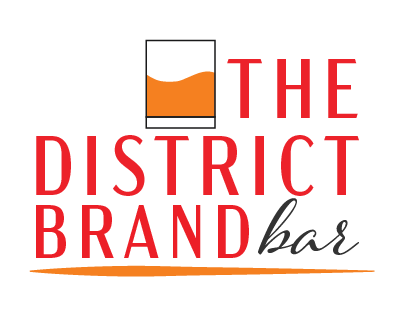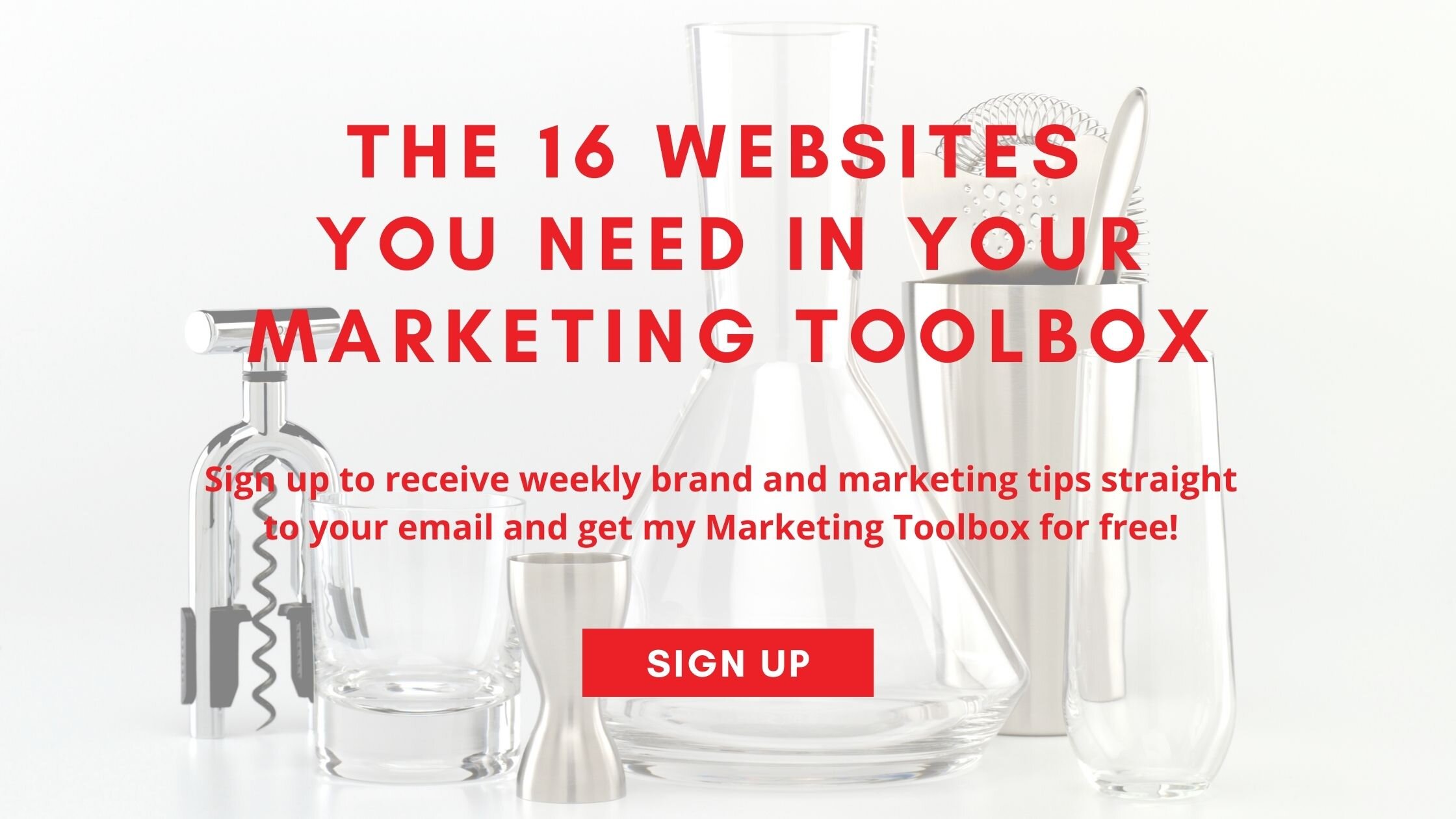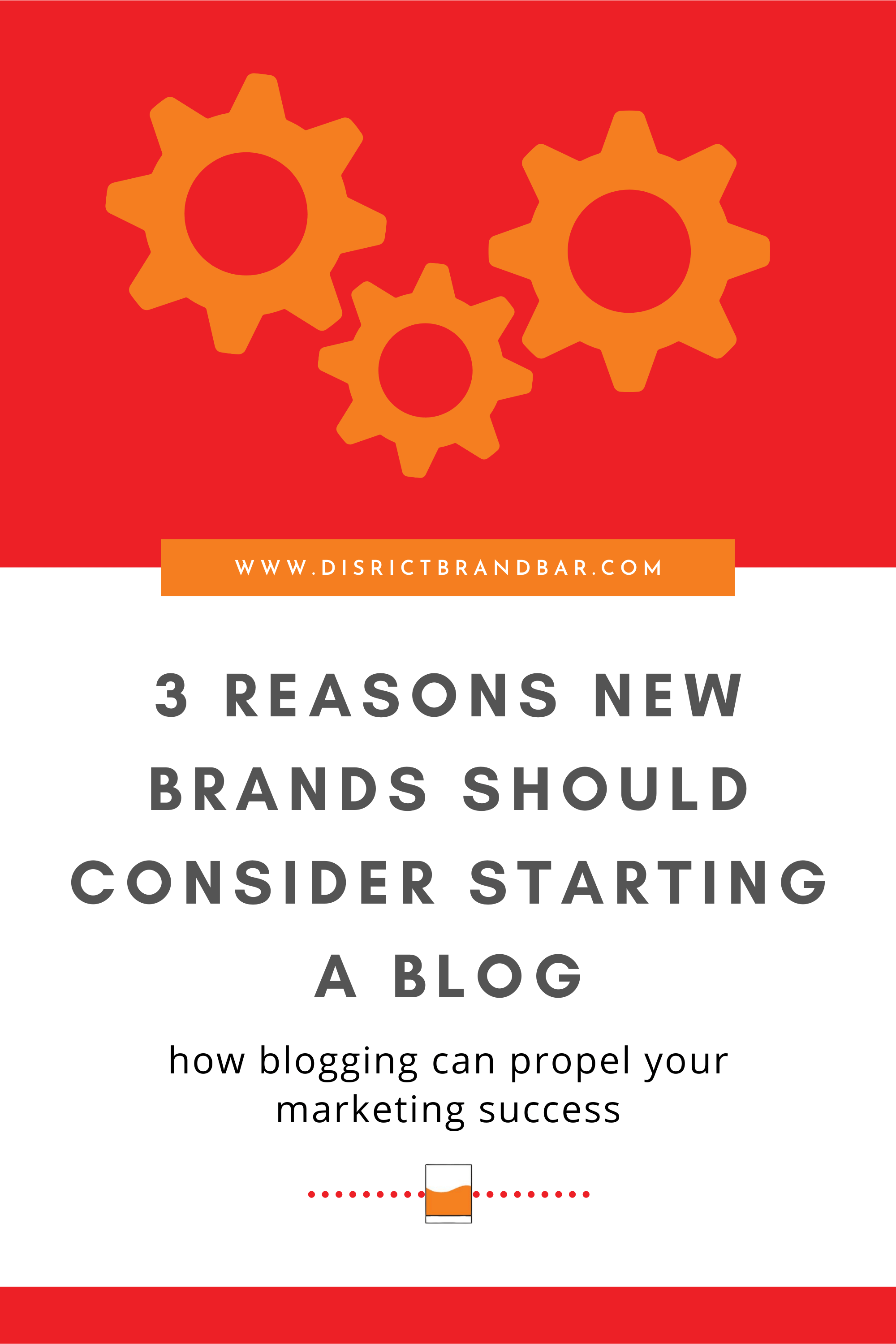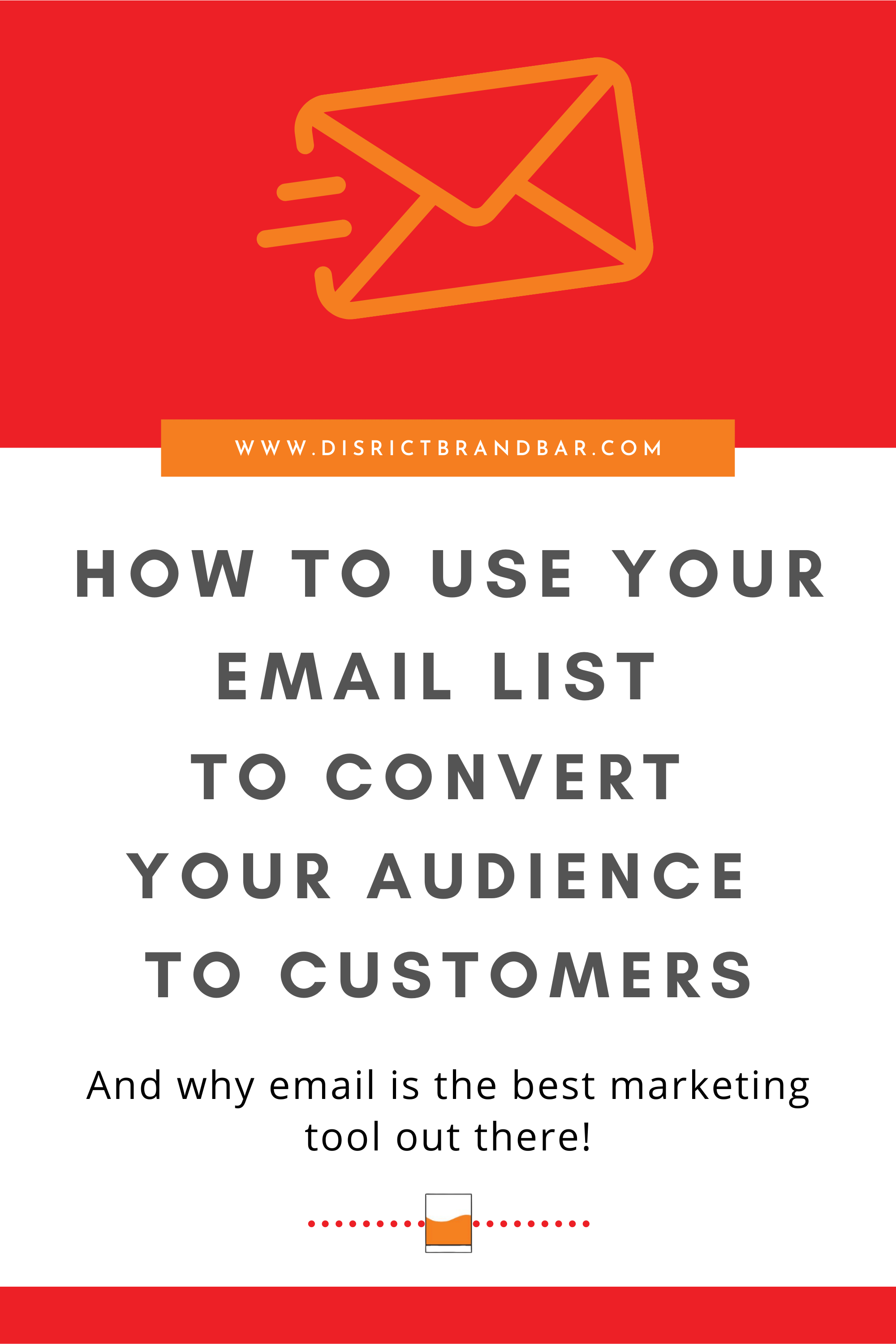How to Use Your Email List to convert your audience to Customers
And why email is the best marketing tool out there!
The best advice I got when I started my business was to start building my email list from day one.
Your email list is your most valuable marketing asset for the best marketing tool (email) so it's important to grow it from day one.
Why? You have the most control and the most direct access to your audience on your email list.
Here's the thing about building an audience, in most instances, they can be taken away from you. Instagram can go away or you can get hacked and all of your followers are gone. Same with Facebook, Twitter, etc. But an email list is all yours.
And what about email?
Email is a hugely effective marketing tool because your message gets delivered straight into your audience’s inbox, instead of hoping they see it as they scroll their feed. It's a sure-fire way to reach them.
It's also a great tool for moving them through the know, like, trust path. Today I'm going to show you how to use your email to take people through the full customer journey.
KNOW. First, you need people to be aware of your brand, know you exist, and have a reason to start following you, or in this instance, subscribe to your email list.
LIKE. Like is when the magic starts to happen. You start building a real connection with them. Through your email welcome series, they learn about your brand and become motivated to engage and stay connected with you.
TRUST. Now that you've gotten them hooked, you stay connected to them with regular emails where you give them opportunities to support your brand by purchasing your goods or services. They become trusted clients, customers and brand evangelists telling others about you.
Know: Hook them onto your list
Except for friends, family or close colleagues, people are unlikely to just sign up for an email list without getting anything in return. Most people need a hook.
Create a Lead MagnetA hook may be a discount code or your newsletter itself may be worthy of a sign-up on its own. But most often it’s a lead magnet. Something you give to people for free in exchange for their email address. It could be a webinar, a checklist or a list of resources for your field.
These freebies are an actual magnet to get people to sign up for your email list. They get the resource in exchange for giving you your email. Just make sure that your lead magnet targets your key audience and aligns with your brand. That way you'll get the right people on your email list. Need some ideas? Here is an exhaustive list of lead magnet ideas.
Finding SubscribersNow, once you have your hook, you want to promote it so people will see it and sign up.
Start with a pop-up box on your website and your call-to-action link in your social media profiles. Then you can expand to different communities and networking groups you belong to. A lot of Facebook and LinkedIn groups have strict rules about promoting yourself, but many have days where it is allowed.
If your finances allow, one of the best ways is to run ads. Yes, it will cost a small amount of money but running Facebook and Instagram ads to your lead magnet can be a very effective way to increase your mailing list.
Now that they are on your email list, tag them appropriately so you know where they came from. That way in the future you can segment your emails as you become more advanced.
Hack: Automatically save your email list into a spreadsheet in Google Sheets!This way if you ever have a problem with your email marketing system, you still have all of your contacts. I love Zapier for creating automation from one platform to another. It's what I use to move my new subscribers on my website in Squarespace to my email list in Active Campaign, my email marketing system.
Like: Welcome your new subscribers
Ok so we've got them on your list. Now it's time to welcome them and make them feel at home in your community. You do this with a welcome series.
Your welcome series, or nurture series, is the first 4-6 emails your subscriber receives when they first sign up for your list.
You want these emails to introduce them to who you are and what your brand stands for. Tell a story that shows them your personality and lets them connect to your brand better. Share a couple of pieces of advice, tips or resources so they see the value in your email content. That will keep them coming back.
At the end of your welcome series, give them a soft pitch to your product or services. A lot of research shows that new subscribers are most likely to purchase from you so don't miss out on this opportunity.
When you are writing your welcome series emails, don't worry about it being perfect right off the bat as that may make you procrastinate. You can improve them over time. What's most important is that you start collecting emails and welcoming them to your community today.
In your email marketing system, you will want to set up automations so that the welcome series is sent directly to your new subscribers. I start my first email 5 minutes after they sign up and then subsequent emails are sent every 2-3 days after that. Once they go through the welcome series they are put into my master list to get my regular newsletter.
Intimidated by setting up your welcome series or any other automations, or just want to save time? Most software platforms provide one-on-one customer support to subscribers when they first join. Take advantage of it!
When I was setting up my automation for the first time in my email marketing platform, I hopped on a call with one of their experts and within 30 minutes it was all set up. While I am fairly tech-savvy and would have figured it out eventually, this saved me so much time and hassle. And by walking through how to do it all over the phone, I now feel confident anytime I need to set up a new automation.
Trust: Turn them into customers
Once you've welcomed them onto your list, you want to keep front of mind with them by landing into their inbox on a regular basis with compelling content, value and regular pitches.
I love the term "whisper pitch". The idea is that you are communicating with your email list regularly, providing them with entertainment and value so that when it comes time to sell to them, it's more of a whisper than a shout that feels likes a pushy sales pitch.
Have fun with your emails and provide them links to your website or social media accounts for additional content, freebies or how to support your business.
Show your personality in them. Tell them a little about your business, go behind the scenes on lessons you learned lately and give insights into what it's like to work with you.
This of course doesn't mean that you need to email them daily. 2-4 times a month is all you need to continue to nurture them.
Looking for great copywriting tips?
Even the best writers still need to get some inspiration once and a while. Here's how I look to others for ideas:
Create a Swipe File. A swipe file is a collection of writing samples that you can use to inspire your own writing. Creating a swipe file is simply a way to cull the best ideas from others. It's not about copying or plagiarism. It's about learning from the best and using those learnings in your copy. When you sign up for a new mailing list, pay attention to their welcome series and subsequent emails. Which ones kept you engaged and reading? Which ones had you skimming or quickly deleting? Take note of what you liked and didn't and add those into a swipe file so you can lean on them in the future.
Lean on the experts. I am a big fan of Marisa Corcoran's approachable copy. Get her freebie on her website to get an invite to her Facebook group where you can get real-time feedback on your copy from others in the group. I also love Laura Belgray with Talking Shrimp. I swiped a lot of great ideas from her welcome series.
Want personalized coaching on how to take your audience through the know, like, trust path? Let's Chat!














